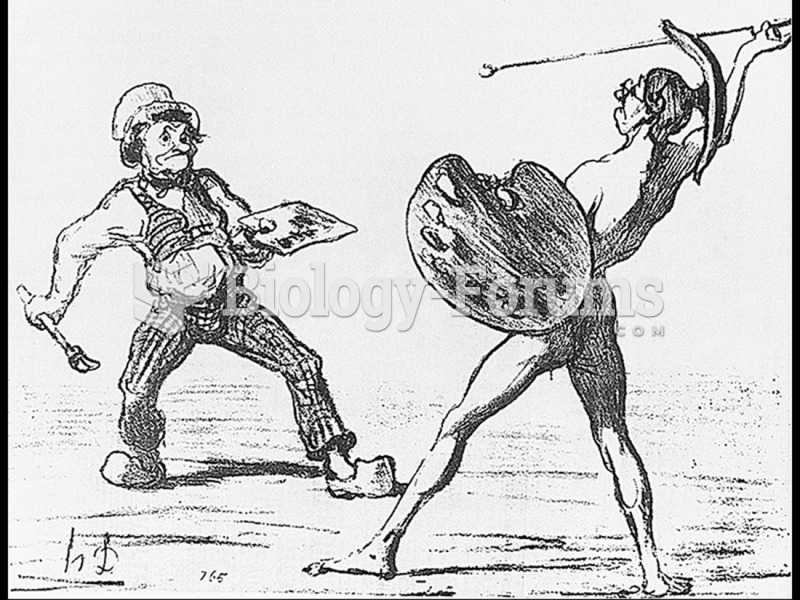Answer to Question 1
When Realism arose in response to the subjective sentimentalism of the Romantic style, it was strengthened through the mediums of journalism, lithography, and photography.
As always, journalism has been much more than just a listing of facts. Writers and social critics used newspapers and journals to comment on the state of society and culture. For example, humorist, journalist, and social critic, Mark Twain offered his contemporaries a blend of entertainment and vivid insight into the dynamics of a unique time and place: the American South just prior to the Civil War. Journalism also offered a way for Realist artists to have knowledge of the world and its current events. Winslow Homer, an American Realist, paper-worked as a war correspondent early in his career, and his experiences informed his artwork.
Lithographyaprintma king process created by drawing on a stone platewas a cheap and popular means of providing illustrations for newspapers, magazines, and books. Combined with journalism, it helped to provide readers with a non-idealized version of the world. For example, the well-known lithographer Honor Daumier criticized new technology, skeptical as to its ability to alter the human condition. He drew attention to characteristic human weaknesses, from the all too familiar complacency and greed of self-serving political figures to the pretensions of the nouveaux riche.
Photography, perhaps the most significant factor in Realism, offered authentic records of a specific moment vanished in time. Photographs served as social documents: the black-and-white images of poverty-stricken families and ramshackle tenements record with gritty Realism the notorious slums of nineteenth-century life.
Answer to Question 2
As industrialization led to great inequality, the ideals of the Romantics were balanced by realistic portrayals of society in literature, art, and music.
Many writers pointed to these conditions and described them with unembellished objectivity. This unblinking attention to contemporary life and experience was the basis for the style known as literary realism. The novel, in its capacity to detail characters and conditions, fulfilled the Realist credo of depicting life with complete candor. In place of heroic and exotic subjects, the Realist novel portrayed men and women in actual, everyday, and often demoralizing situations. It examined the social consequences of middle-class materialism, the plight of the working class, and the subjugation of women, among other matters.
While painting found new ways to express the Romantic passion for nature and emotional intensity, the birth and rise of photography accompanied the Realist objectives. Photographs produced topographical studies of exotic geographic sites, architectural monuments, and thousands of portraits. Nineteenth-century photographs served as social documents: black-and-white images of poverty-stricken families, ramshackle tenements, as well as unflinching views of human carnage. Some painters, such as Gustave Courbet, adopted Realism as well, abandoning the nostalgic landscapes and heroic themes of Romantic art in favor of compositions depicting the consequences of industrialization and the lives of ordinary men and women.
In Italian opera of the late nineteenth century, a movement called verismo(literally, truth-ism, but more generally Realism) paralleled the Realist style in literature and art. Realist composers rejected the heroic characters of Romantic grand opera and presented the problems and conflicts of people in familiar and everydayif somewhat melodramaticsituati ons.






